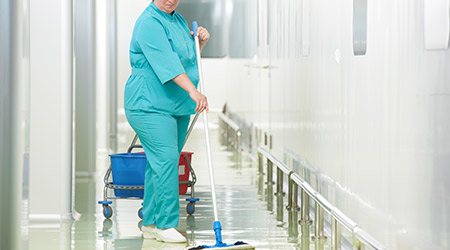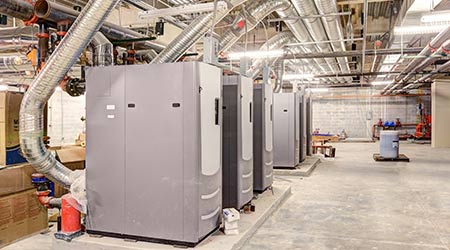
Sustainability and Infection Prevention
August 14, 2018
Sustainability efforts can become infection-prevention issues for healthcare facilities, according to Contagion Live. While environmental sustainability can improve human health in the long term, issues of energy use, chemical safety, and waste reduction can have immediate implications for patient care and safety in the short term.
Exchanging harsh cleaning chemicals for greener but less effective ones could create problems from an infection-prevention standpoint. For instance, Saskia Popescu, a hospital epidemiologist and infection preventionist at Phoenix Children’s Hospital in Arizona, says hospitals can not take chances when it comes to cleaning and disinfection.
The concern is the ability to disinfect, not the environmental burden, Popescu says, adding she was not aware of green products that can kill Clostridium difficile or Mycobacterium tuberculosis in two minutes, as is needed.
But managers still can do a great deal without completely changing the way their staffs clean and disinfect. They can specify products that have been certified as environmentally friendly when cleaning components such as windows, toilets, and carpets. Those cleaning products use gentler chemicals that are healthier for the environment and for workers.
Managers in healthcare facilities also can work to reduce waste. Efforts to keep hospitals sterile have can lead to a mountain of disposable products in the clinical settings, and all that waste eventually ends up in landfills.
While many disposable products are crucial to infection control, managers can minimize their use in the other areas, such as a cafeteria, to make a major impact on a hospital’s environmental footprint.
This Quick Read was submitted by Cathryn Jakicic, Healthcare Industries Editor, FacilitiesNet. For more about hospital campuses and other medical facilities, visit https://www.facilitiesnet.com/healthcarefacilities.
Next
Read next on FacilitiesNet












